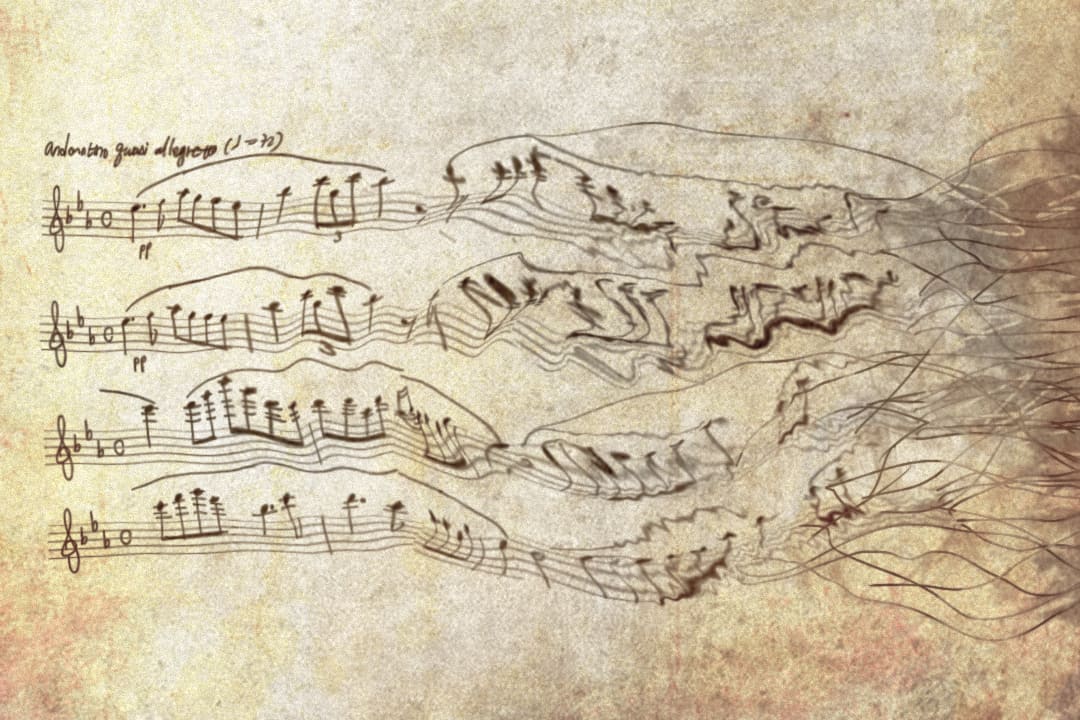2020 marks a special year for classical music enthusiasts and musicians. In December, we will celebrate the 250th anniversary of the birth of Beethoven. Planned festivities leading up to his birthday in December included multiple special concert series, both in Toronto and around the world.
As part of the year of ongoing celebrations, the Appassionata Music Group — comprised of performers from all U of T faculties, including me — was slated to give a special recital of the works of the beloved composer, including several of his piano sonatas, a cello sonata, and a four-hand arrangement for piano of his Fifth Symphony on March 14.
The week leading up to the recital, however, we were informed by the club executives that after careful consideration the event had been cancelled. This came just a day after recommendations from the university to cancel or suspend in-person club activities due to the ongoing COVID-19 pandemic.
This pandemic has been difficult physically, mentally, and emotionally for all of us, but it presents a unique array of opportunities and challenges for musicians.
With the pandemic-related cancellation or markdown of in-person classes, jobs, internships, research, and most other university activities, it seems that we have more time for ourselves than we would ever want.
It’s a common joke among musicians that time spent not practicing is time wasted. And perhaps during a pandemic, some of us have been endowed with time we would otherwise not have, which we can use to compose, learn, or polish repertoire. If anything, however, this mentality of constant productivity highlights a pervasive issue: productivity isn’t always possible because of the inescapable intrusions of at-home life.
What’s more, let’s not forget about the cancellation of the countless concerts, recitals, and performances at U of T that have involved the relentless dedication of dogged musicians. There have been no in-person concerts or performances at Hart House since it closed its doors back in March.
The workaround to all of this has been to shift the in-person concert stage to an online platform where artists can attempt to engage their audiences through a two-sided screen. As a concertgoer, it is surreal to watch online streams of professional musicians playing in empty concert halls, an experience that has quickly been adopted as the norm. Big-name virtual performances at world-renowned venues including Wigmore Hall and the Tchaikovsky Concert Hall abound.
Odd encounters aside, there are also more immediately palpable effects on musicians. The technological challenges of ‘Zoom concerts’ have often made for hilariously uncoordinated live ensemble performances.
Aside from that, live performances involve so much more than the auditory experience. There is an intimacy that a performer establishes with their audience to lead them through a concert as if it were a journey. As a performer, I would argue that this is something that can only be effectively accomplished in an in-person environment.
These difficulties translate to instruction in music as well. It is extremely challenging to convey the technical, expressive, timbral, and performative aspects of music through a virtual platform which impedes robust communication on the sides of both the teachers and the students.
With Ontario’s recent transition to Stage 3 of re-opening, in-person concerts of limited attendance are permitted. Many venues in and around Toronto have already announced lineups for the upcoming concert season, but we are still likely a way off from attending concerts in the same scale and format as before. A concert stage is a sacred place, and the effects of this pandemic have only reinforced this.


